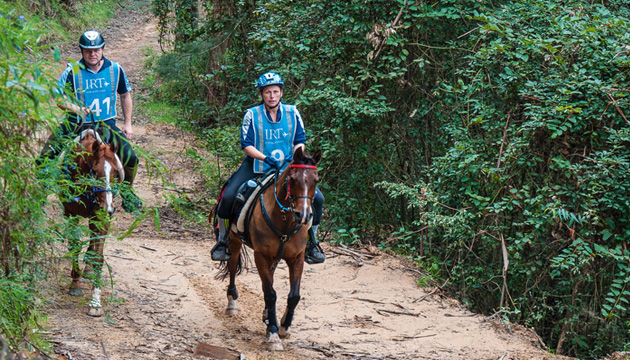Horse riders are being welcomed back into some New South Wales national parks.
Story By Jessica Owers
"It’s a horse rider’s paradise up here,” says David Nalder, National Parks and Wildlife Service (NPWS) area manager for Tenterfield, in northern New South Wales. In recent years the Tenterfield area has developed riding opportunities in eight of its national parks, including Washpool, Kwiambal and Dthinna Dthinnawan parks. Riders use the lodgings provided, fence their horses and set up camps. “It’s important that these facilities get used,” David says. “When they get used they get maintained.”
There has been a dramatic shift in attitudes towards horse riding at the state level. In April 2014, the Office of Environment and Heritage (OEH) instigated a two-year wilderness horse-riding trial in four of its wilderness-containing parks – Kosciuszko, Mummel Gulf, Deua and Monga national parks. Segments of the Bicentennial National Trail have been rerouted to get riders and horses off highways. But it is probably the endurance community that has felt the shift the most. Though organised endurance events such as the Shahzada Memorial Endurance Ride have managed to negotiate continued access to parks, in 2015 the 50th Tom Quilty Gold Cup had the full support of NPWS as it wound through Parr State Conservation Area, bordering Yengo National Park.
Tenterfield local Raylee Delaney says it has been a long road to the current, much-improved access for riders. She sat on the NPWS Advisory Committee as a horse-riding representative for 16 years. “There were no trails for riders when I was appointed to the Advisory Committee, but by the time I left we had around 500 kilometres of trails in the Northern Rivers and roughly the same in the Tablelands.”
David says that the NPWS is continuing to invest in horse-riding opportunities around Tenterfield. “We’re working on creating more certainty around horse riders being welcome,” he says. “Changes to state policy [in 2011] allowed us to involve the horse community in assessing how good some of the parks and trails might be, and we did feasibility rides with Border Country Trail Riders. They helped us to understand the infrastructure that might be required, and it helped us to better target some of our investment.”
This story excerpt is from Issue #105
Outback Magazine: Jun/July 2016









